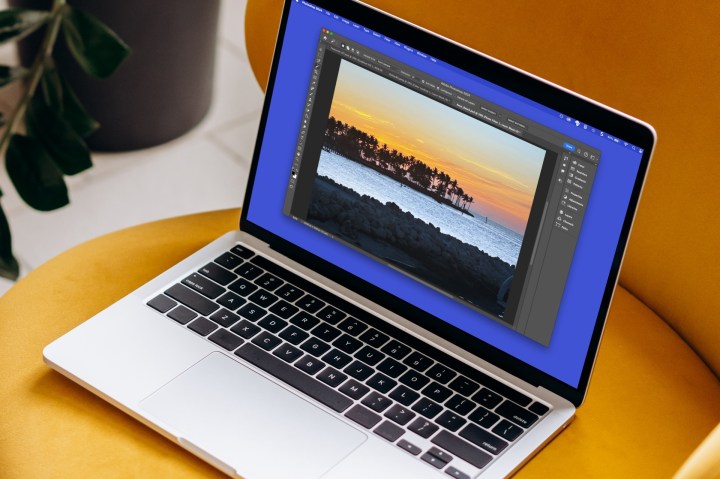
Adobe Photoshop and Adobe Lightroom are two programs within the Creative Cloud Suite specifically tailored for photographers.
While both programs focus on editing photographs, they serve different purposes and offer unique post-production workflows.
Photoshop vs. Lightroom
Adobe Photoshop functions as a digital darkroom for detailed adjustments and alterations to any image, while Adobe Lightroom is more like a comprehensive photography studio, handling importing, organizing, editing, and exporting photos.
Although Adobe Camera Raw and Adobe Bridge, integrated with Photoshop, can mimic Lightroom’s workflow, they maintain distinct differences.
Read on to understand the key characteristics of each program to choose the best one for your needs.
Adobe Photoshop
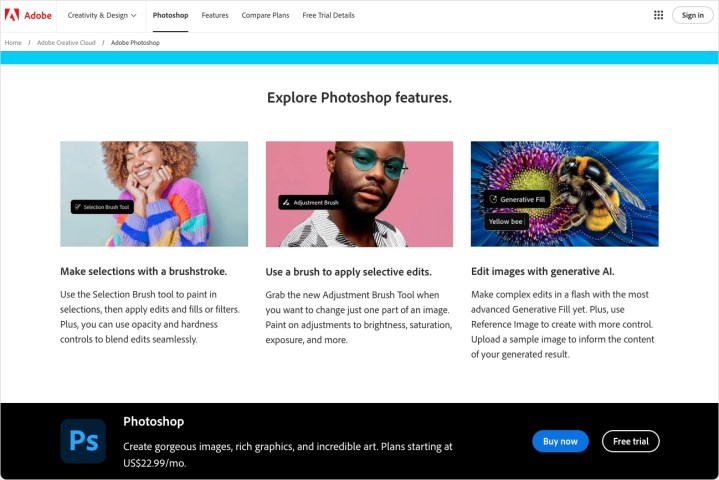
Adobe Photoshop remains the industry standard for photo editing, offering powerful tools for amateurs and professionals worldwide. With additions like Adobe Bridge and Adobe Camera Raw, the Photoshop workflow can mimic Lightroom’s capabilities in a more compartmentalized way.
Adobe Bridge serves as the starting point for your photography workflow, organizing imported photos into folders with detailed metadata. Adobe Camera Raw, particularly for RAW photos, allows extensive adjustments from white balance to lens correction before entering Photoshop for further editing.

Adobe Photoshop, together with Bridge and Camera Raw, offers simplicity for basic edits and more robust features for advanced editing, though it requires managing multiple programs simultaneously.
On the other hand, Lightroom provides an all-in-one solution for organizing, editing, and publishing photos through catalog-based modules offering a seamless workflow.
Adobe Lightroom
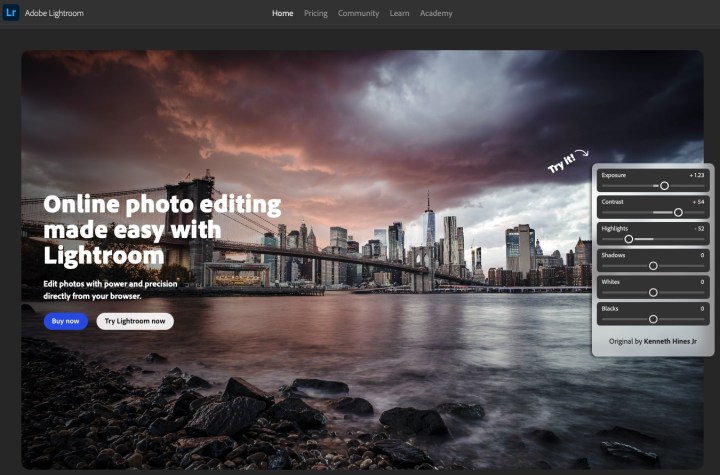
Lightroom’s catalog system acts as the central hub for organizing images, offering specific modules for various post-production tasks, with the Develop module focused on in-depth photo editing similar to Adobe Camera Raw.
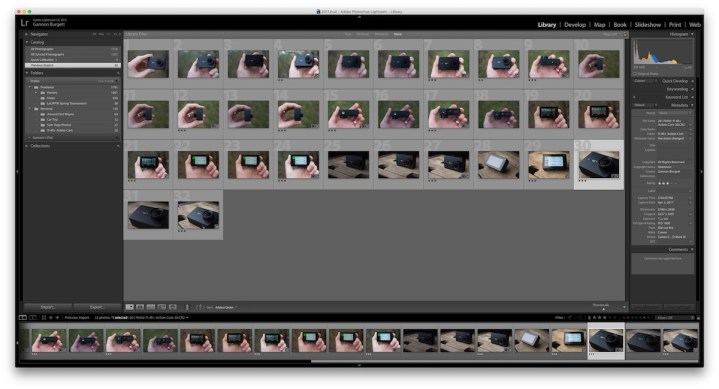
Lightroom’s customization and all-in-one experience streamline post-processing, allowing seamless transitions from import to export within a single application, with the option to edit in Photoshop for advanced changes.
Pricing
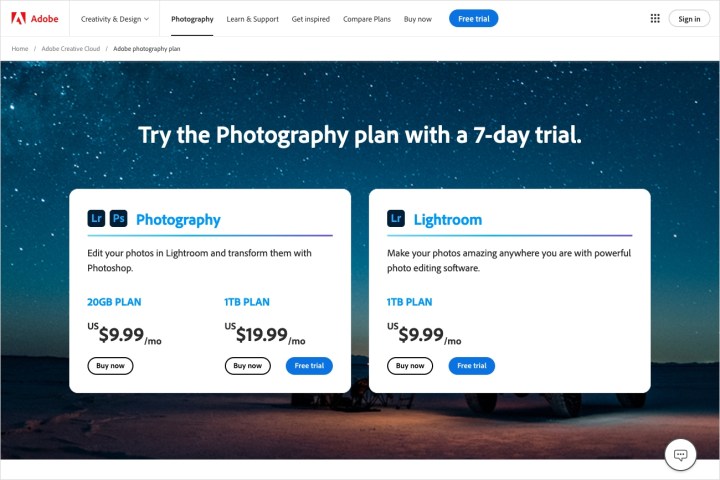
Adobe offers subscription plans bundling both Photoshop and Lightroom, with options for different storage capacities at affordable prices. Choosing the right plan depends on your storage needs and usage preferences.
For individuals, Adobe’s photography plans provide flexibility and accessibility to industry-standard photo editing tools.
Conclusion
Choosing between Photoshop and Lightroom depends on your workflow preferences and editing requirements. Try both solutions to determine which one suits your style best.
If you have any questions or feedback, feel free to leave a comment below, and we’ll be happy to assist you.
FAQs
What is the best photo editing software?
The best photo editing software depends on your needs and feature requirements. Adobe Photoshop remains a top choice, but there are alternatives worth exploring.
Can I buy Lightroom without Photoshop?
Yes, Adobe offers Lightroom subscription plans without Photoshop for users who primarily need photo organization and editing capabilities.
Is there a free version of Lightroom?
Adobe Lightroom’s mobile version is available for free on Android, iPhone, and iPad, offering basic editing features for on-the-go use.


